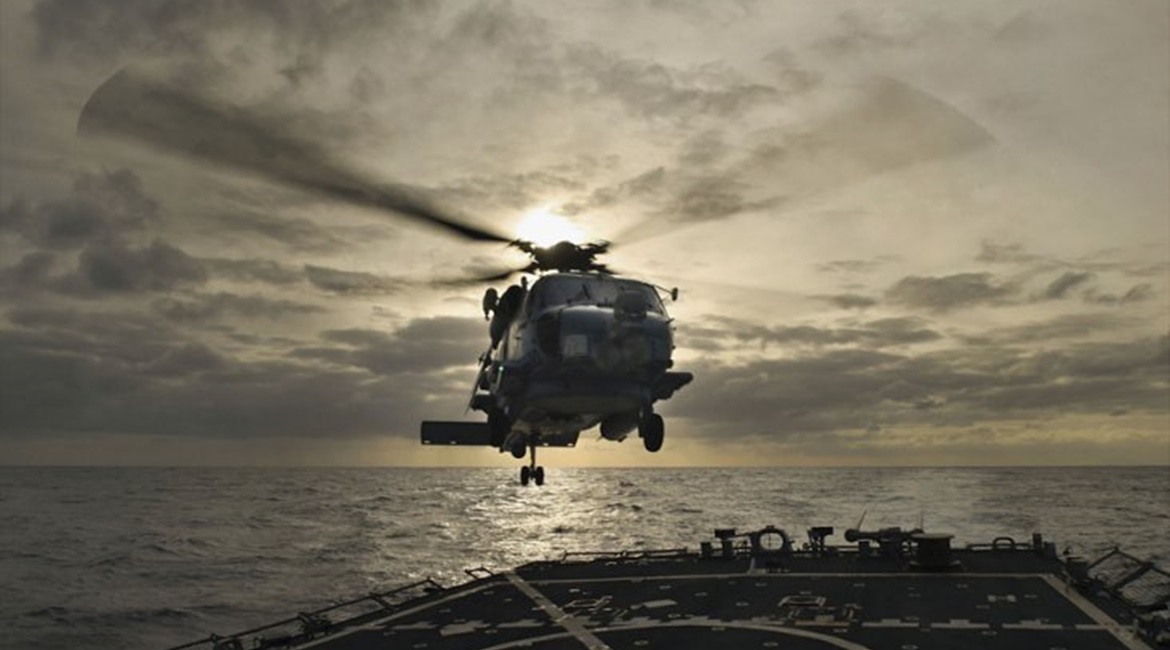
The US Navy (USN) has launched an analysis of alternatives (AoA) for a future maritime rotorcraft, known as Future Vertical Lift (FVL) Maritime Strike (MS).

With the MH-60 Seahawk (pictured) and MQ-8C Fire Scout set to be retired in the 2030s, the USN has begun to develop their replacements under the FVL MS programme. (US Navy)
Published on the beta.sam.gov US government procurement website on 28 January, the AoA for FVL MS is looking to set the groundwork for developing a replacement for the USN’s fleet of Sikorsky MH-60R/S Seahawk and Northrop Grumman MQ-8C Fire Scout platforms in the 2030s.
“The Office of the Chief of Naval Operations (OPNAV N98) has directed an AoA be conducted to support efforts to identify cost-effective alternatives to fill capability gaps in the MH-60R/S and MQ-8C as they begin to reach their end of service in the 2030s. The MH-60 Seahawk helicopters and the MQ-8 Fire Scout unmanned aerial vehicles are the pillars of the naval helicopter concept of operations for the 21st Century,” the Naval Air Systems Command (NAVAIR) said.
In its request for information (RFI), the USN noted the different mission areas that any FVL MS platform would be required to fulfil: intelligence, surveillance, targeting, and reconnaissance (ISTAR); anti-surface vessel warfare (ASuW); mine countermeasures (MCM); air warfare (AW); search and rescue (SAR); airborne early warning and control (AEW&C); special operations forces (SOF) support; shipborne operations; logistical support; and airborne medical evacuation (medevac). The service also listed ‘signature control’ without defining its meaning, although it is likely related to a low acoustic footprint.
Looking to read the full article?
Gain unlimited access to Janes news and more...




